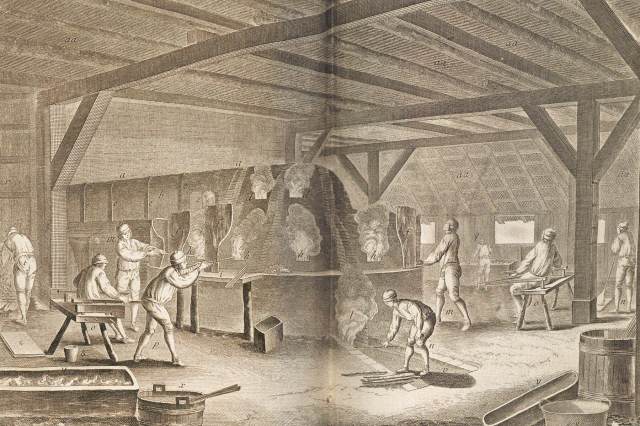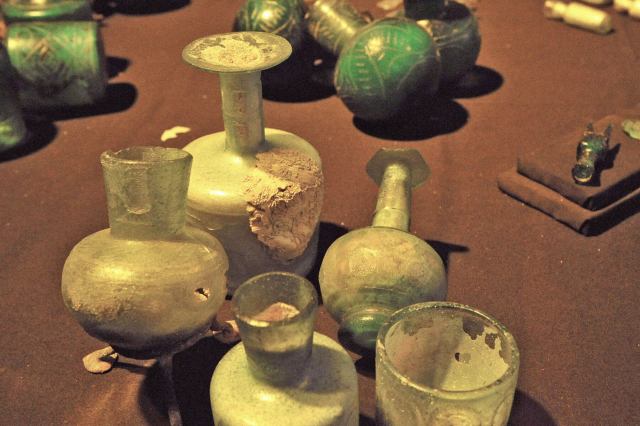How and When Did People Start Making Glass?
The typical home contains dozens of items made of glass, from canning jars in the pantry to decorative knickknacks on the mantel to the windows and doors that insulate our living spaces and filter light. Despite the surge of plastic products following World War II, this delicate translucent material has maintained its essential place in our homes and daily routines.
Historically, the glass items that we now take for granted were highly coveted luxuries, accessible for a time only to the rich and royal. The evolution of glassmaking has transformed the material from an exclusive work of art to an ubiquitous aspect of modern living. But when — and how — did humans first learn to make this valuable, versatile material?

What Is Glass Exactly?
To understand how glass is made, we must first understand what glass is and how it’s different from other materials. Rather than a single, uniform substance, glass is an unusual state of matter that looks like a solid but acts like a liquid. The formation of glass occurs when a molten substance is cooled so rapidly that its atoms are unable to organize into the latticelike crystalline structure characteristic of a solid. Likewise, these atoms also lack the ability to move randomly, as they would in a liquid. Because of the unusual properties of its atoms, glass is in a distinctly unique category of its own, neither fully solid nor fully liquid, referred to as a rigid liquid or an amorphous solid.
While we typically think of glass as a human invention, it also occurs naturally. Lightning strikes, meteorite impacts, volcanic eruptions, and even some sea creatures can produce natural glasses that are similar in composition to human-made glass. Natural glass is formed when silica-rich sand or rocks are heated to high temperatures and rapidly cooled. Examples include obsidian, created by the rapid cooling of volcanic lava; tektites and impactites, formed by the impact of meteorites; fulgurites, created by lightning striking sand; and even the siliceous (silica) skeletons produced by certain types of sea sponges and algae.
You may also like
Recommendations For You
-
01.
 Science & Industry
Science & IndustryWhy Did Doctors Wear Beak Masks During the Bubonic Plague?
-
02.
 Science & Industry
Science & Industry5 Inventions That Came Out of the Great Depression
-
03.
 Science & Industry
Science & Industry6 Amazing Breakthroughs Made by the Ancient Greeks
-
04.
 Science & Industry
Science & Industry6 Shocking “Scientific” Beliefs From Victorian England
















